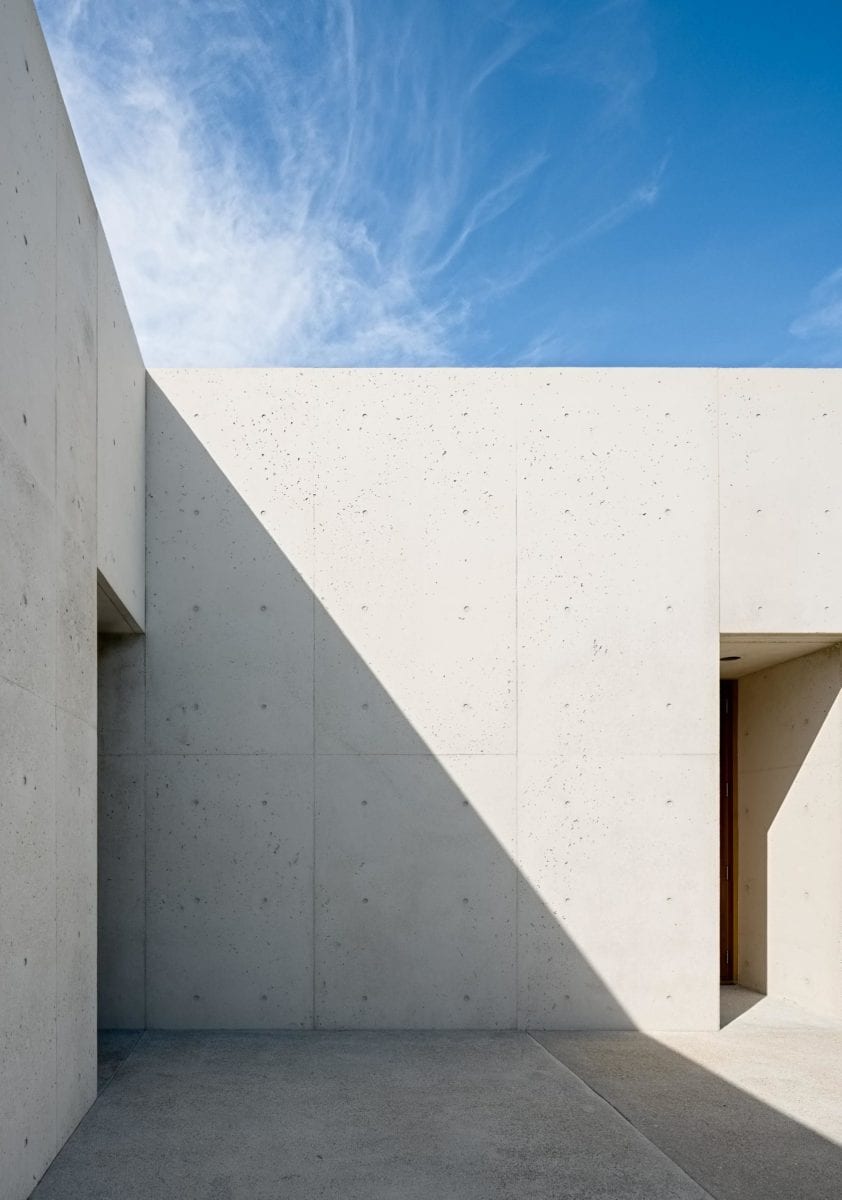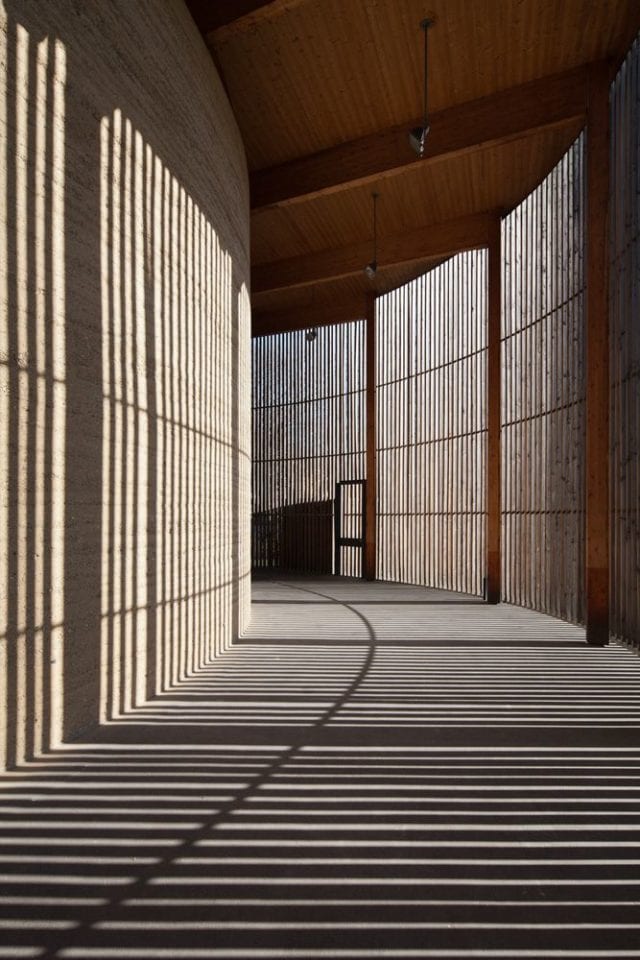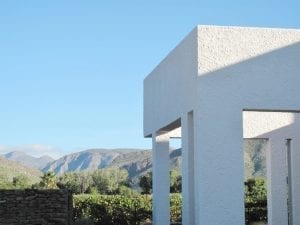In our current climate emergency, the world is constantly discussing ways to reduce our production of harmful materials. For example, China have recently proposed to ban single-use plastic by 2022. Building supplies are responsible for 11% of global carbon emissions, and as the population grows, alternative resources must be found. The Art of Architecture, published by Thames and Hudson, asks whether it is possible to revive raw materials, reducing the reliance on contemporary materials with a huge carbon footprint, such as concrete and cement.
The book spans hundreds of years, from the 13th century up to the 21st. It includes ancient settlements, wood-clad houses and modernist libraries which all integrate natural materials in innovative ways. By challenging conventional methods of mass-scale construction, the book questions what architects can learn from traditional techniques to protect our future.
The title moves over 250 sustainable structures from across the globe, highlighting key structures and architects along the way, such as modernist pioneer Hassan Fathy (1900-1989). The smooth, cyclical columns of Fathy’s unfinished New Baris village, Kharga Oasis, includes a multitude of references and ideas, including Bauhaus principles and traditional techniques, as shaped earth replaces concrete.
Moving into the 21st century, Rick Joy’s (1958) Desert Nomad House shows how the simplicity of unbaked earth can be developed through the addition of corrugated steel. Illuminated copper cubes sit in the desolate Arizonian desert, reflecting the muddied soil and vegetation. The house is both aesthetically striking and environmentally responsive, using key techniques for heating and cooling in a challenging terrain. The structure also calls for residents to reconnect to the landscape in an age of detachment, isolation and digitalisation.
This idea is crucial to seeing and understanding the merits of raw earth construction. As we move into 5G and the world becomes increasingly urbanised, this book offers a new way of living where we utilise natural elements and reestablish our relationship to the earth. As Hubert Guillaud notes: “the modernisation of earth architecture represents a call to establish ecologically responsible ethics for the field of construction and helps to open up a ‘path for the future of humanity’.”
The Art of Earth Architecture is available from 27 February. Find out more here.
Credit:
Lead Image: Hussan Fathy, New Baris, © Viola Bertini.
Gallery Images:
1. Rick Joy, Le Cabanon, © Joe Fletcher.
2. Rudolf Reitermann and Peter Sassenroth, Chapel of Reconciliation, © Piotr Krajewski.







